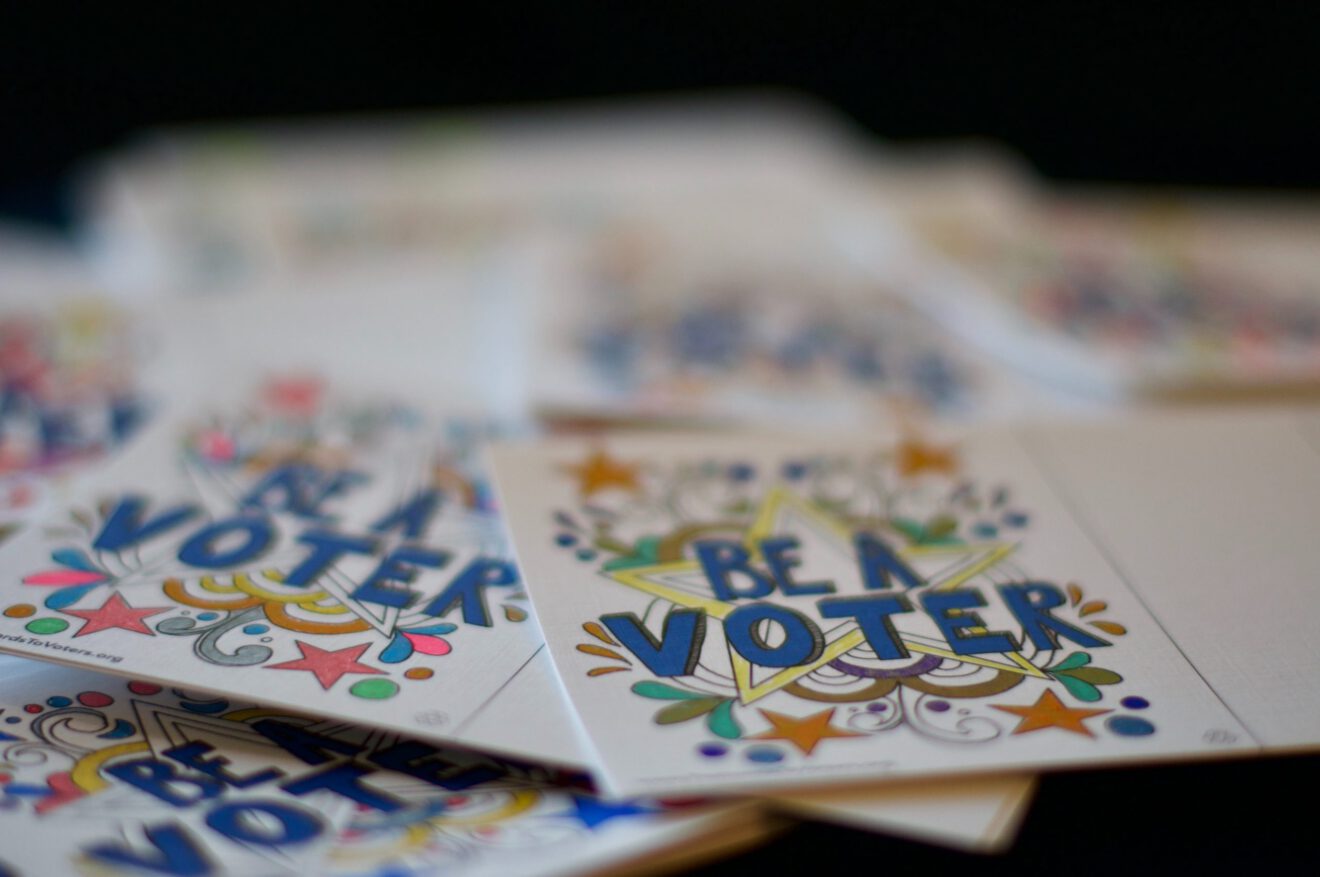Sign up for our daily edtech news briefing today, free.
The same students today who live media-saturated lives — most teens spend more than seven hours a day on screen-based entertainment media outside of school — will be contributing members of society for decades to come. Thus, it is essential that educators bring both critical media literacy and civic learning into every grade level and subject.
Critical media literacy refers to the knowledge and skills needed to evaluate and interpret the media content and the power behind its construction. It’s rooted in social justice and invites students to strive for changes in their communities and the larger media landscape.
Civic learning refers to the knowledge, skills and actions that shape how people understand and interact with their local, state and national governments. It results in “more informed civic and political engagement among all youth” — particularly immigrants, students of color and those from low-income families, a UCLA project says.
Combined, they are powerful educational concepts that can make learning meaningful and relevant for students.
Sparking stronger connections
Critical media literacy and civic learning help connect the past to the present. Today’s investigative journalists are doing the work begun by Nellie Bly, Ida B. Wells, Ida Tarbell, Upton Sinclair and Rachel Carson. Contemporary debates over the powers of federal, state and local governments extend from the writing of the US Constitution to COVID-19 pandemic policies, privacy on social media, environmental protections and the regulation of self-driving cars.
The recent Black Lives Matter protests are a modern-day example of the protests and uprisings that have shaped US history, including the Montgomery Bus Boycott, March on Washington for Jobs and Freedom, Selma to Montgomery marches, Native Americans’ Standing Rock Pipeline protest, the Stonewall Uprising for LGBTQ+ rights, and Mother Jones and the March of the Mill Children for labor laws to protect children and workers.
Connecting the past and present encourages students to think deeply about how the media and government influenced the people, movements and policies that came before them. It helps empower students to draw connections and identify the relevance among their lives, their communities and the content they are learning in school.
Creating tomorrow’s citizens, leaders
Critical media literacy and civic learning also prepare students for their roles as members of a democratic and socially just society.
Students need to learn about historical and contemporary manifestations of bias, racism and injustice, as well as the harm they inflict, according to the Southern Poverty Law Center’s Learning for Justice standards. They also need to learn to uncover hidden biases in the media and government and see how people who look like them are represented (or ignored).
These lessons help illustrate the importance of being upstanders, not bystanders, who have the courage to advocate and act for equity and justice in their communities and society as a whole.
Structured classroom opportunities allow students to reflect on themselves, their classmates and communities in new and different ways that may inspire action. Empowering students to act as members of a democratic and socially just society is a powerful way to make learning real for students.
How to integrate into all grades, subjects
How do you start weaving critical media literacy and civic learning across all subjects and grade levels?
Students in a social studies, English language arts or media class might start by examining the representation of Black Americans, Native Americans, transgender individuals or immigrants in the media. Here, they’ll uncover the stereotypes, racism, and biases that shape the public’s perception and political actions regarding the people in their communities. Then they can use media to transform how diverse individuals are portrayed, perhaps by curating digital collections related to Black lives and culture or redesigning the First American History of their local community.
In an English language arts class, students might examine social media privacy policies through the historical lens of government and media infringement upon, or misrepresentation of, privacy for certain groups of people. Next, based on their findings, the students could write a praise or protest letter to the CEO of the social media platform or write a new amendment to the Constitution for the right to privacy in digital settings.
Students in a science or math class could critically examine the influence of the media and government on the number of traditionally marginalized people, such as women, in STEM fields today and throughout history.
An activity that blends digital games and civic engagement can allow students to analyze and identify ways to improve a politically themed digital game – such as iCivics, Build the Vote in Minecraft or Stop Disasters –before creating their own game to increase civic engagement by young people.
Ultimately, as students engage in the critical analyses of how the media and government influence their daily lives, they are learning essential skills and knowledge about themselves, their communities and their civic roles as members of our 21st-century society. The scope and depth of their skills and knowledge will guide how everyone’s collective future emerges.
Torrey Trust, Robert W. Maloy and Allison Butler of the University of Massachusetts are three of the authors of Critical Media Literacy and Civic Learning, a free, open-access e-book with more than 100 activities — including the specific ideas mentioned above — to engage students with real-world topics and questions. Each chapter features multimodal learning experiences designed to engage students in higher-order critical thinking, advocacy and/or design-based learning.
________________________________
If you liked this article, sign up for SmartBrief’s free email newsletter on EdTech. It’s among SmartBrief’s more than 250 industry-focused newsletters.
More from SmartBrief Education:
